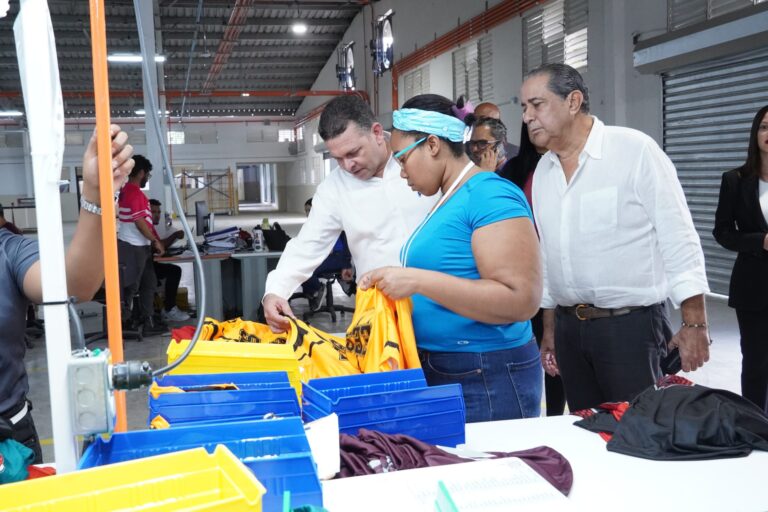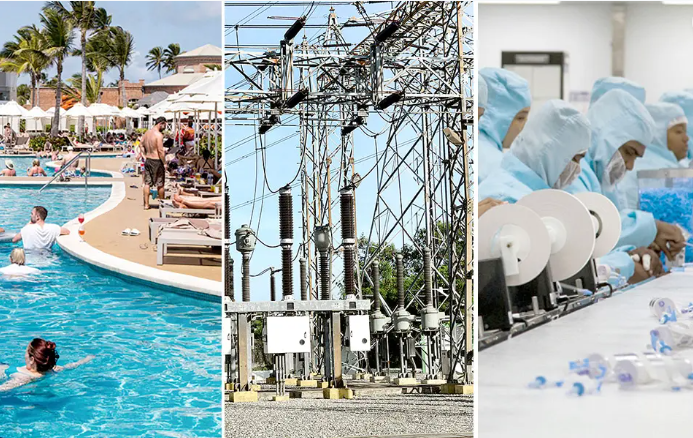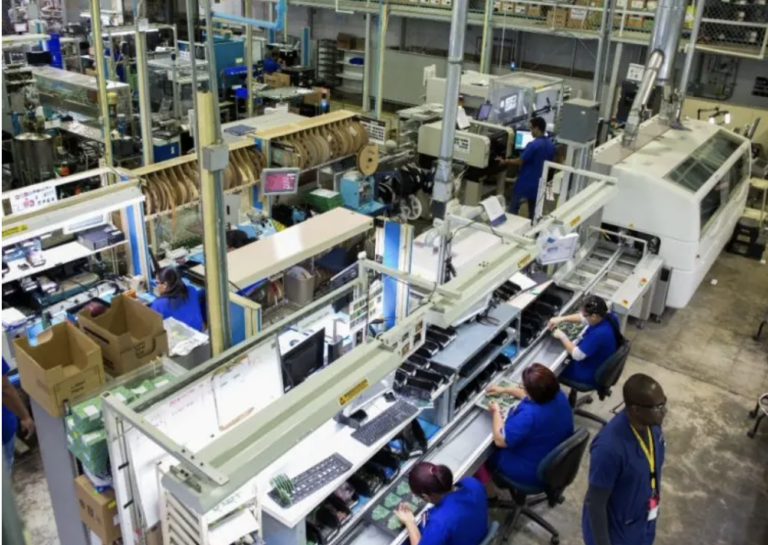A inicios del 2000, República Dominicana dependía en un 88% de fuentes derivadas del petróleo, sin embargo, en el primer cuatrimestre del 2017, la Asociación Dominicana de la Industria Eléctrica (ADIE) reporta que más de un 60% de la energía generada en este periodo se produjo en base a gas natural, agua, carbón, biomasa, viento y sol.
En su informe del período enero-abril de este año, la ADIE expone que la generación total de energía fue de 4,670.46 GWh. Refieren los generadores que la participación de cada combustible o fuente primaria para producir la energía eléctrica fue de un 29% con gas natural, el carbón un 14%, mientras que el 38% fue abastecido por combustibles líquidos derivados del petróleo (33% fuel #6 y 5% fuel #2). Un 0.36% fue generado a partir de energía solar como fuente primaria, el 0.41% con biomasa, 2.65% a partir del viento y el 15.36% a generación hidroeléctrica.
La matriz de generación que se estima tendrá el país al concluir el 2017, estará compuesta en un 36.14 de derivados de petróleo, 32.20% de gas natural, 13.52% hidraúlica, 13.45 carbón, 1.45% biomasa, 2.83% vientos y 0.42% solar.
Entre 2016 y lo que va del 2017, se han inaugurado cuatro proyectos de generación eléctrica que sumaron al Sistema Eléctrico Nacional Interconectado (SENI) unos 223.5 megavatios, lo que ha conllevado una inversión de US$580 millones, según datos ofrecidos por el Ministerio de Energía y Minas (MEM).
Energía. Estos proyectos son: Larimar 1 (49.5 megavatios con una inversión de US$120 millones), Monte Plata Solar (30 megavatios, inversión US$110 millones), San Pedro Bio Energy (30 megavatios en base a Biomasa y una inversión de US$90 millones), y en el 2017 entró en funcionamiento el ciclo combinado a gas natural Los Mina 7, 114 megavatios y una inversión de US$260 millones.
Fuente: Listín Diario[:en]
At the beginning of 2000, the Dominican Republic depended on sources derived from oil for 88% of its energy. However, in the first quarter of 2017, the Dominican Association of the Electricity Industries (ADIE) reports that more than 60% of the energy generated in this period was based on natural gas, water, coal, biomass, wind and sun.
In its report for the period January-April of this year, the ADIE states that a total of 4,670.46 GWh of energy was generated. Producers report that each fuel or primary source accounted as follows in the production of electric power: natural gas 29%, coal 14%, while liquid fuels derived from petroleum accounted for 38% (33% fuel # 6 and 5% fuel # 2). 0.36% was generated from solar energy as a primary source, 0.41% with biomass, 2.65% from wind and 15.36% from hydroelectric generation.
Estimates for the country´s generation matrix at the end of 2017 say it will be composed of 36.14% petroleum products, 32.20% natural gas, 13.52% hydro, 13.45% coal, 1.45% biomass, 2.83% wind and 0.42% solar.
Between 2016 and 2017, four power generation projects were inaugurated, adding 223.5 megawatts to the national grid known as National Interconnected Electricity System (SENI), which let to an investment of US $ 580 million, according to data provided by the Ministry of Energy And Mines (MEM).
Energy: The projects are: Larimar 1 (49.5 megawatts with an investment of US $ 120 million), Monte Plata Solar (30 megawatts, US $ 110 million investment), San Pedro Bio Energy (30 megawatts based on biomass and an investment of US $ 90 million), while Los Mina 7 natural gas combined cycle, with 114 megawatts and an investment of US $ 260 million, came into operation in 2017.
Source: Listín Diario[:]







